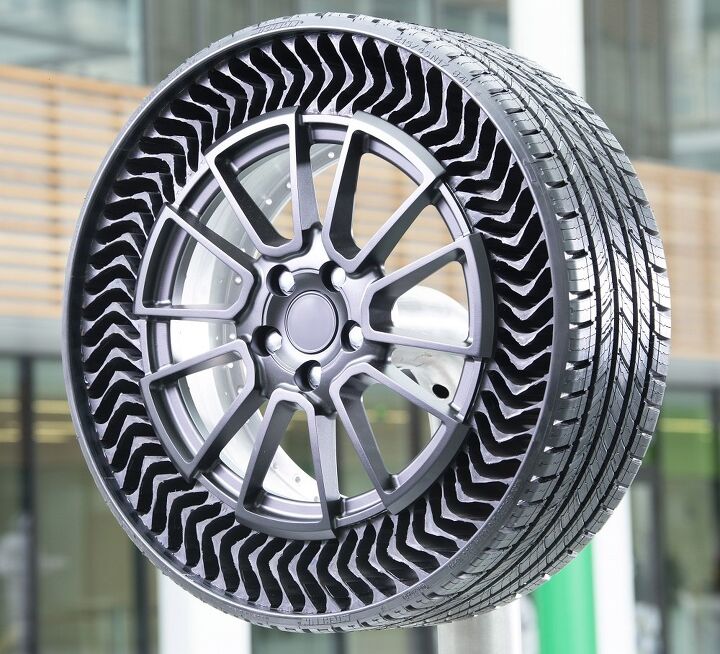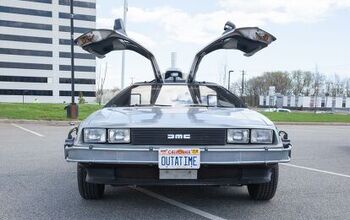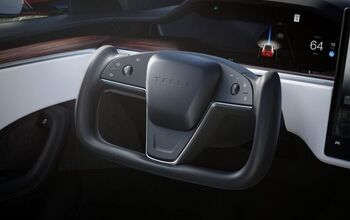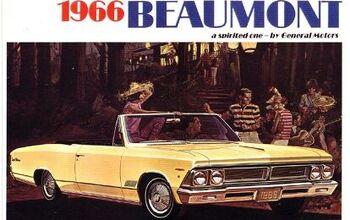Would You Drive With Airless Tires?
The automotive industry has witnessed a revolutionary development with the introduction of airless tire technology. This innovation eliminates the need for air in tires, offering a more stable and reliable driving experience. It effectively addresses the common issues of flat tires and rapid pressure loss, enhancing safety and comfort for drivers.
Michelin's Role in Airless Tire Innovation
Michelin is leading this technological advancement with its Unique Puncture-proof Tire System (UPTIS) prototype. Designed for passenger cars, UPTIS was first showcased at the Movin’On summit in 2019. This marks a crucial step towards making airless tire technology widely available.
The Composition and Advantages of UPTIS
UPTIS distinguishes itself with its composition, merging an aluminum wheel and a flexible load-bearing structure crafted from glass fiber reinforced plastic (GFRP). This structure preserves Michelin's known tire performance while being adaptable for high-speed use, a feature not seen in previous airless tire models.
Benefits Across the Board
UPTIS introduces several advantages:
- For Motorists: Eliminates concerns about tire damage from road conditions.
- For Fleet Owners: Boosts productivity by minimizing vehicle downtime and tire-related maintenance.
- Environmental Benefits: Significantly cuts down tire waste, reducing environmental waste and harm.
Tackling Tire Waste
Each year, a substantial portion of tires are discarded due to punctures, pressure loss, and uneven wear. UPTIS aims to lessen this waste, potentially saving around 200 million tires, equivalent to 2 million tonnes, from disposal.
UPTIS: Shaping the Future of Mobility
Beyond traditional vehicles, UPTIS is also tailored for emerging clean and autonomous mobility solutions. It's especially useful for shared mobility services, including autonomous shuttles and vehicle fleets.
Partnerships and Practical Applications
Michelin's dedication is further demonstrated through its collaboration with DHL, equipping delivery vehicles in Singapore with UPTIS. Real-world tests are underway in various locations like Las Vegas and Thailand, showcasing UPTIS’s durability and effectiveness.
This article was co-written using AI and was then heavily edited and optimized by our editorial team.
More by TTAC Staff
Latest Car Reviews
Read moreLatest Product Reviews
Read moreRecent Comments
- Zipper69 " including numerous examples of the Cybertruck"I could only see four in the lead photo, but they are kinda anonymous from above...
- FreedMike These were great cars, but I don't think they're particularly novel or collectible. You can get a newer beater for that money that'd be easier to keep fixed.Good to see these soldiering on, though.
- Funky D The only piece of technology introduced in the last 10 years that is actually useful is the backup camera. Get rid of the rest. All I want is a car with that and phone connectivity and zero driving nannies.
- TheMrFreeze As somebody who's worked in IT for my entire career, I don't want any computer automatically doing something of this nature on my behalf. Automatically turning on my headlights? Sure (and why hasn't THAT been mandated yet). Automatically braking, or steering, or actually driving my car for me? Not an effing chance...I've seen computers do too much weird stuff for no reason to trust my life to one.
- Daniel J Our CX-5 has hit its automatic brakes a few times at in very unnecessary situations. My 2018 doesn't have it, but it will shake and throw a warning if it thinks you should brake. Only once was it needed. The dozen or so times it has gone off I was already on the brakes or traffic was in a pattern that just fooled it.

































Comments
Join the conversation